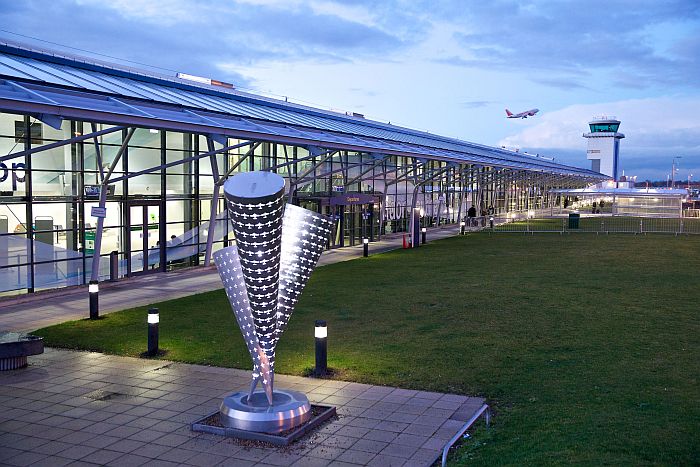Rolls-Royce Pearl 700s take flight

Above:
Two Pearl 700 engines.
Copyright Rolls-Royce
Two Rolls-Royce Pearl 700 engines have successfully powered the brand new Gulfstream G700 to the skies for the first time. The purpose-designed engine, the most powerful in the Rolls-Royce business jet propulsion portfolio, is the exclusive powerplant for Gulfstream’s flagship aircraft, the G700.
The Gulfstream G700, which used a 30/70 blend of sustainable aviation fuel for this first flight, took off from Gulfstream’s headquarters in Savannah, Georgia, USA, at 1:19 p.m. local time and landed two hours and 32 minutes later. The aircraft and its engines will now undergo an intensive flight test programme ahead of certification.
Dr Dirk Geisinger, Director – Business Aviation, Rolls-Royce, said: "This is a truly great moment for all of us and we are very proud. The cutting-edge Pearl 700 is a perfect fit for the Gulfstream G700 and will help the aircraft deliver an unrivalled combination of ultralong-range, speed and performance. We have already achieved more than 1,500 testing hours and 5,000 cycles, and we are fully committed to supporting the G700 flight test programme."
With more than 3,200 business jets in service today powered by Rolls-Royce engines, the company is the world’s leading engine supplier in this market. The Pearl 700 is the newest member of the state-of-the-art Pearl engine family, first introduced in 2018, and marks the seventh new civil aerospace engine introduced by Rolls-Royce over the past decade. Gulfstream’s selection of the Pearl 700 to power its new flagship aircraft reaffirms Rolls-Royce’s position as the leading business aviation engine manufacturer. The engine was developed at the Rolls-Royce Centre of Excellence for Business Aviation Engines in Dahlewitz, Germany.
The Pearl 700 combines the Advance2 engine core, the most efficient core available across the business aviation sector, with a brand-new low-pressure system, resulting in an 8% increase in take-off thrust at 18,250lb compared to the BR725 engine. The engine offers a 12% better thrust-to-weight ratio and 5% higher efficiency, while maintaining its class-leading low noise and emissions performance. The result is an engine that is highly efficient but also able to propel the aircraft nearly as fast as the speed of sound (Mach 0.925).
It brings together innovative technologies derived from the Rolls-Royce Advance2 technology demonstrator programmes with proven features from the Rolls-Royce BR700, today’s leading engine family in business aviation. This includes a highly-efficient 51.8” blisked fan, a high pressure compressor with a market-leading pressure ratio of 24:1 and six blisked stages, an ultra-low emissions combustor, a two-stage shroud-less high pressure turbine and an enhanced four -stage low pressure turbine, that is one of the most efficient and compact in the industry.
The Pearl engine family is part of the Rolls-Royce IntelligentEngine vision of a future where product and service become indistinguishable thanks to advancements in digital capability. As well as a new-generation Engine Health Monitoring System that introduces advanced vibration detection, the family benefits from the incorporation of advanced remote engine diagnostics. It is also enabled for bi-directional communications, allowing for easy remote reconfiguration of engine-monitoring features from the ground. Cloud-based analytics, smart algorithms and Artificial Intelligence continue to play an increasing role in delivering exceptional levels of availability and greater peace of mind for our customers.












